Samedi dernier, mue par la curiosité des lieux où a sévi Jack the Ripper, le célèbre Jack l’Eventreur, je suis allée me promener à Whitechapel.
Whitechapel, avant de devenir le théâtre d’une horrible série de crimes commis par un fou dont l’identité demeure à ce jour inconnue, c’est le quartier des romans de Dickens, celui des tanneries, des brasseries, des fonderies, des abattoirs, du marché aux poissons, celui des ouvriers, des immigrants, celui de la misère, de la violence, bref, comme disent les historiens du XIXe siècle en un raccourci tragique, celui des « classes laborieuses, classes dangereuses ».
J’avais en mémoire, lors de cette promenade, le souvenir de l’abondante littérature ainsi que des gravures, photos, films, BD, dédiés à Jack the Ripper et aux personnages de Dickens. Je voulais voir à quoi ressemble Whitechapel aujourd’hui. J’ai pris des photos et j’y mêle ici des images plus anciennes afin de montrer comment le souvenir de ces dernières me poussait l’autre jour à déambuler dans Whitechapel.
Whitechapel est resté un quartier d’immigrants. D’abord investi par l’émigration rurale, peuplé ensuite d’émigrés venus de l’Europe de l’Est, le quartier accueille aujourd’hui une importante communauté bangladeshi, spécialisée dans le petit commerce.
Intitulé Jack the Ripper’s bedroom, La chambre à coucher de Jack l’Eventreur, ce tableau de Walter Richard Sickert (1860-1942) date de 1908. Walter Sickert se flattait d’avoir occupé le même logement que Jack the Ripper. Il fait partie de la petite dizaine de suspects dont les noms se trouvent régulièrement invoqués dans l’abondante littérature dédiée à Jack l’Eventreur.

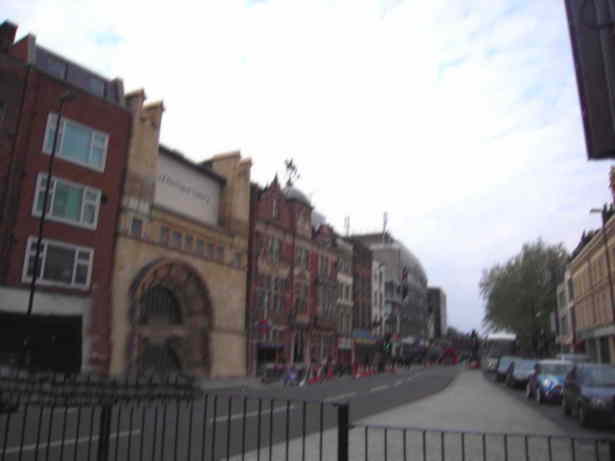




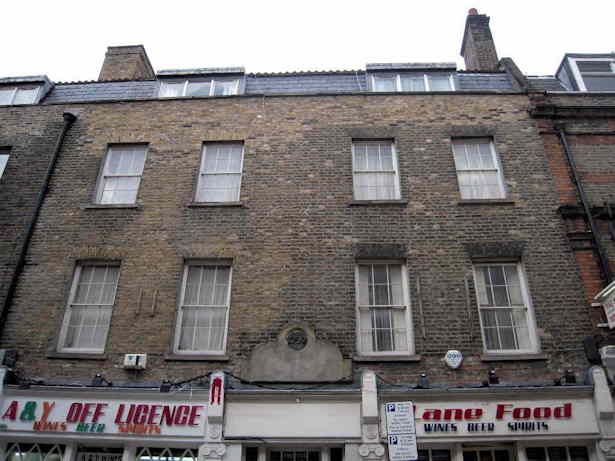

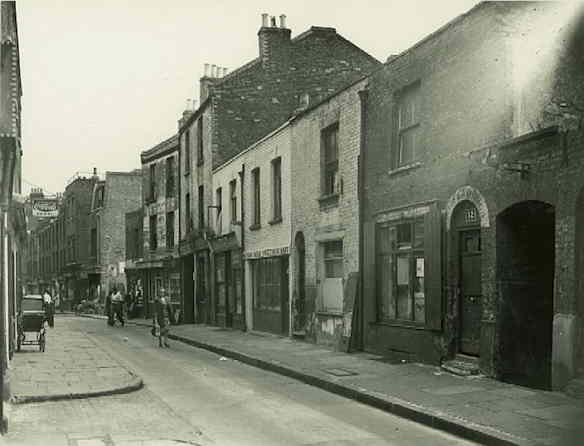



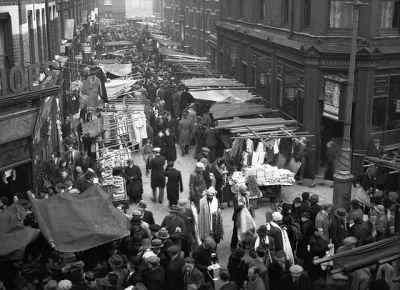
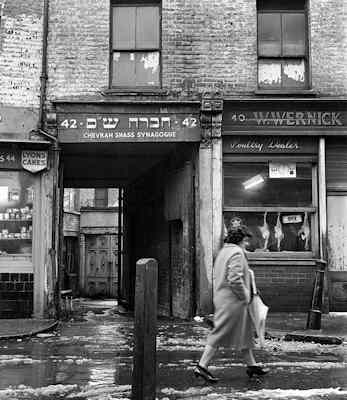




The Bells of Whitechapel
Gay go up and gay go down
To Ring the Bells of London Town
« Oranges and Lemons » say the Bells of St. Clements
« Bullseyes and Targets » say the Bells of St. Margaret’s
« Brickbats and Tiles » say the Bells of St. Giles
« Halfpence and Farthings » say the Bells of St. Martin’s
« Pancakes and Fritters » say the Bells of St. Peter’s
« Two Sticks and an Apple » say the Bells of Whitechapel
« Maids in white aprons » say the Bells at St. Katherine’s
« Pokers and Tongs » say the Bells of St. John’s
« Kettles and Pans » say the Bells of St. Anne’s
« Old Father Baldpate » say the slow Bells of Aldgate
« You owe me Ten Shillings » say the Bells of St. Helen’s
« When will you Pay me? » say the Bells of Old Bailey
« When I grow Rich » say the Bells of Shoreditch
« Pray when will that be? » say the Bells of Stepney
« I do not know » say the Great Bell of Bow
Gay go up and gay go down
To Ring the Bells of London Town
(Old nursery rhyme)
J’opère ici avec délicatesse dans ma progression, mais nous sommes en plein dans cette atmosphère très particulière de Whitechapel … Voici une autre version de la même chanson, peut-être plus connue, d’apparence tout aussi hermétique, mais j’ajoute quelques précisions !
Oranges and lemons
« Oranges and lemons » say the bells of St. Clement’s
« You owe me five farthings » say the bells of St. Martin’s
« When will you pay me? » say the bells of Old Bailey
« When I grow rich » say the bells of Shoreditch
« When will that be? » say the bells of Stepney
« I do not know » say the great bells of Bow
« Here comes a candle to light you to bed
Here comes a chopper to chop off your head
Chip chop chip chop – the last man’s dead. »
The place names in that song relate to some of the many churches of London and the tune that accompanies the lyrics should sound like the specific church bells. The words of the nursery rhyme are chanted by children as they play the game of ‘Oranges and lemons’ : at the end of the game, a child is being caught between the joined arms of two others, who pretend they’re going to chop off their prisoner’s head! The last three lines can easily be explained. The ‘Great Bells of Bow’ were used to time the executions at Newgate prison, i.e. beheading. The victim would await execution on ‘Death Row’ and was informed by the warder, the night before the execution, that ‘ here comes the candle to light you to bed’ for him to make peace with God as his time had come ! The executions commenced when the bells started chiming at nine o’clock in the morning. When the bells stopped chiming, then the executions would be finished until the following day!